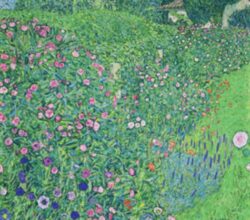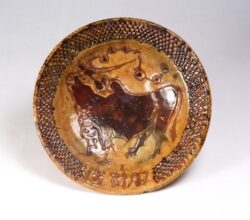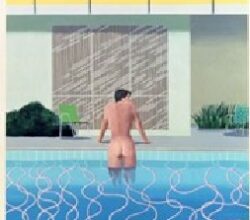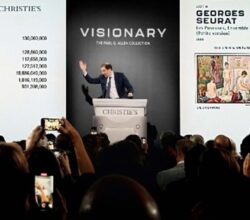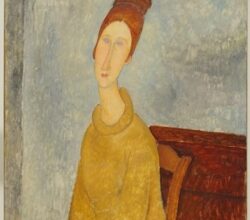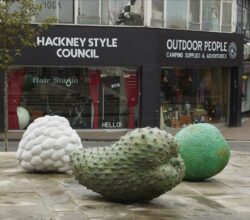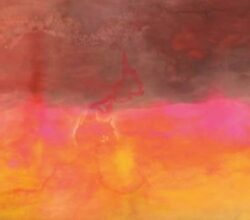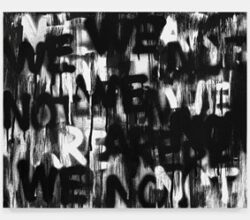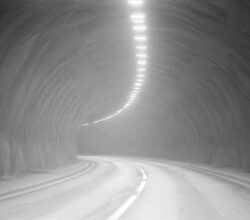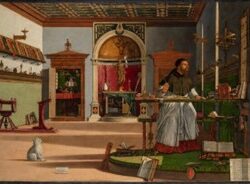
Holidays
This is the year’s last regular newsletter. Next Tuesday, and the Tuesday after, we will highlight the year’s most popular stories among Easel subscribers. After a break of a few weeks, The Easel will resume on Tuesday February 7, 2023.
If you enjoy reading The Easel, would you consider making a donation to support our work? I don’t bombard you with requests, accept advertising on the website, or monetise your personal data in any way. A donation to help cover running costs can be your gesture of appreciation.
Click here to make a donation on Patreon
Season’s greetings,
Andrew

